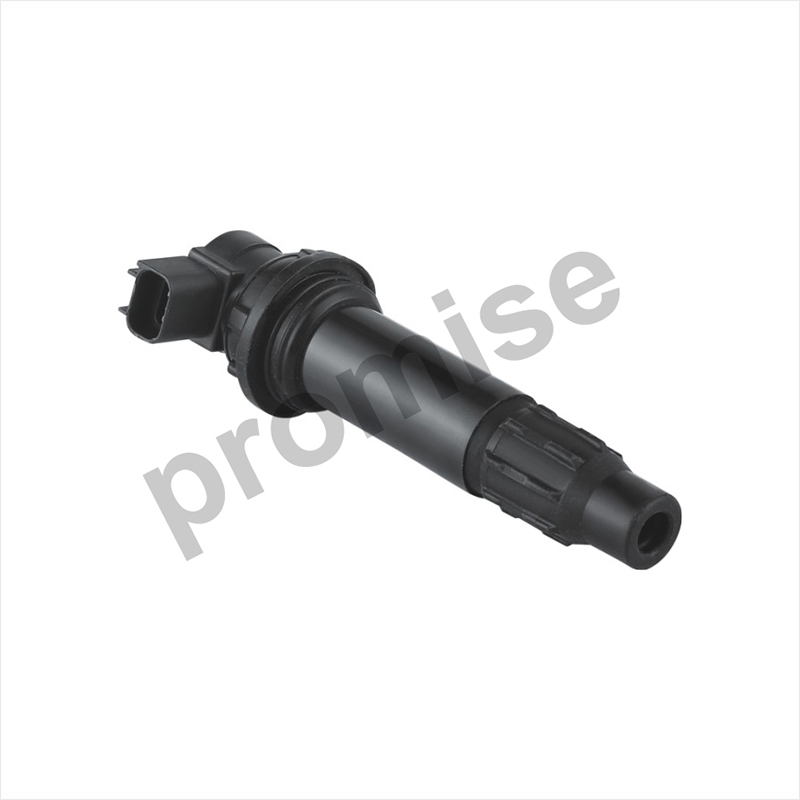When your car's ignition coil fails to ignite, it will […]
When your car's ignition coil fails to ignite, it will jerk and stall. This may lead to more severe issues such as a misfire, which will result in a check engine light. An easy way to troubleshoot a coil problem is to scan for error codes. Most coil problems will be listed as P0351 by the check engine light. To fix this problem, follow the instructions below.
Before replacing your car's ignition coil, you need to check the resistance of the wires that connect the ignition coil to the battery. Generally, the resistance of the ignition coil is specified in the owner's manual. A digital multimeter can be used to measure the primary circuit. If the reading is high, the ignition is not ready to start. If the problem persists, consult your car manual for further assistance.
The simplest way to check the condition of your car's ignition coil is to take it to an auto mechanic for diagnostics. If your car starts with difficulty, or the check engine light illuminates, it could be an indication that the ignition coil has failed. If your car smells like gasoline, you should replace your coil immediately. This problem could be a very expensive repair if you're not sure which one is responsible.
The first thing you should do when replacing your car's ignition coil is to remove all of the cables from the vehicle. You can do this by labeling each cable with a permanent marker or paint pen. If you have two rows of ignition cables, start with the top row and then go down the leftmost row. Make sure that each row is connected in the same order. Once you've removed the ignition coil, you can replace the other wiring by pulling the two cables close to the ignition coil. Be careful when pulling the cables. When pulling, make sure they're close to the boot.
If your car's ignition coil doesn't work, it is important to replace it as soon as possible. You can do this by taking a multimeter to your vehicle's engine and checking the resistance of the coil's electrical connector. The electrical connectors should be labeled as well, so you can easily identify the ones you need to replace. The electrical plugs on the ignition coil should be pressed to the center of the spark plug.
Depending on the model of your car, there are several ways to inspect the ignition coil. The primary coil is the most common component to look at. It receives voltage from the battery, which is why it needs to be replaced. You can also examine the secondary ignition coil to see if it has worn out or needs a replacement. However, you should be aware that you can't inspect it unless you remove the negative battery cable.
